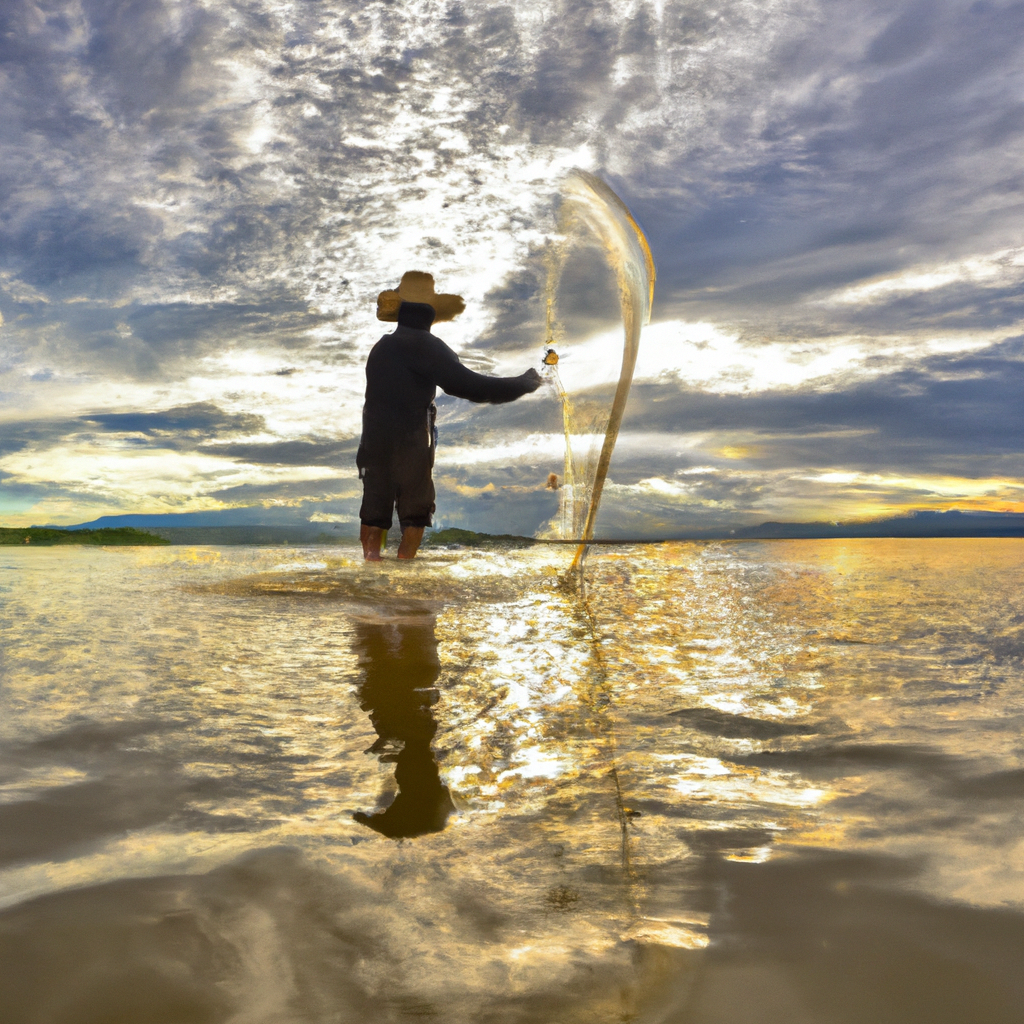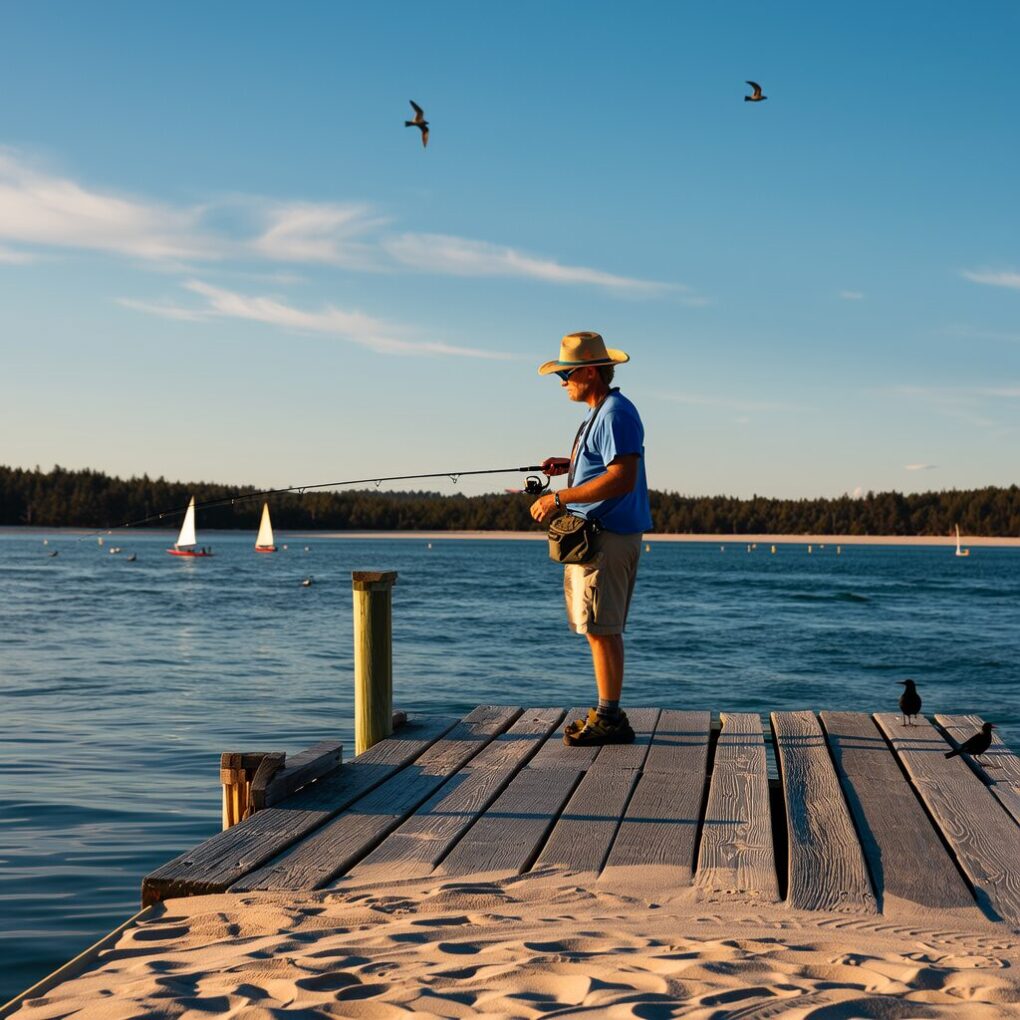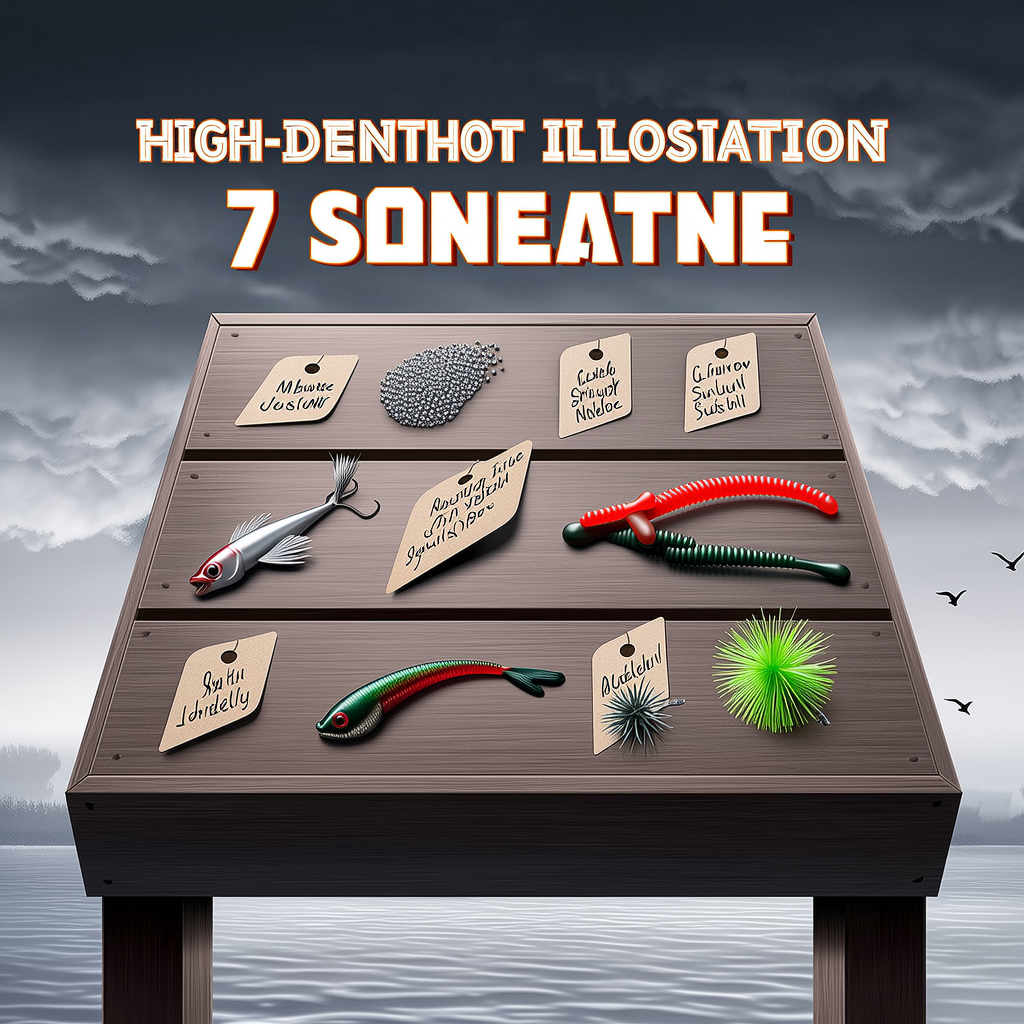Understanding the concept of strike zone is crucial to success when it comes fishing. The strike zone is an area of the water column that fish are most likely to bite. Anglers who master the art of fishing the strike zone can increase their chances to catch fish consistently.
What is a strike zone?
The strike zone is an area of water where fish are actively eating and are more likely than not to strike at lures or bait. This area can change depending on the type of fish, time of day and environmental factors like water temperature and current. By focusing your fishing efforts on the strike zone, your bait or lure will be placed in front of fish that are actively searching for food, increasing your chances of success.
Factors affecting the strike zone
The size and location of your strike zone can be affected by a number of factors. Understanding these factors will help you target fish in their feeding zones. The temperature of the water, for instance, is a major factor in determining the location of fish in the water column. In colder waters, fish tends to be closer to bottom where temperatures are higher, while in warm water, they may be more evenly distributed throughout the water column.
Depth and Structure
The size and location of a strike zone can also be affected by the depth of the water, and the presence of underwater structures such as rocks, logs or vegetation. Fish will congregate near structures that provide cover and ambush opportunities, so targeting this area can be highly effective.
Baitfish and Forage
The presence of baitfish species and other forage species is another important factor to take into consideration when fishing in the strike zones. Targeting areas with abundant baitfish can be a good way to catch predatory fish. It is possible to attract fish by using lures or baits that mimic the natural food source in the area.
The time of day and weather
The weather and time of day can also affect the size and location. Targeting low-light conditions, such as dawn or dusk, can increase your odds of success. Fish behavior and the size the strike zone can be affected by weather patterns, such as fronts and changes in barometric conditions.
Techniques for Targeting Strike Zone
Anglers can target the strike zone in a number of ways to increase their chances of catching a fish. The most common technique is depth control. This involves adjusting the level at which your lure or bait is presented to the fish based on the position of the fish in the water column. You can adjust the depth at which your bait or lure is presented to fish based on their location in the water column.
Casting and Retrieval
Casting accuracy and retrieval speeds are also important techniques for locating the strike zone. You can increase your catch rate by casting your lure or bait close to structures or areas where you are likely to find fish. Changing your retrieval speed may also trigger strikes by fish who are following but not actively eating.
Jigging and Bottom Bouncing
Jigging and bottom-bouncing are two effective techniques to target fish in the strike zone. This is especially true for species like walleyes or bass that feed near the bottom. You can get fish to strike by jigging up and down your lure or bait in the water column. Bottom bouncing is the act of dragging your lure or bait along the bottom, where fish are actively eating.
Trolling and Drifting
The most popular methods for catching fish in the strike zone are trolling and drifting, especially when fishing in open water areas or in areas with current. You can cover a larger area by trolling your lure or bait behind a moving vessel. This will increase your chances of catching fish. Fish that are actively feeding on drifting food can be targeted by drifting with the current.
Using Electronics
Modern electronics, such as sonar and fish finders, can be very useful in locating the strike zone. These devices can be used to locate and determine the depth and location of fish, allowing anglers to better position their lures and baits in front feeding fish. Anglers can increase their chances of success by combining traditional fishing methods with modern technology.
Baits and Lures: Experimenting
Anglers can also target the strike zone better by experimenting with different lures and baits. You can determine the active feeding habits of fish by using a variety lures and baits. You can increase your chances of attracting strikes by matching the hatch, and using baits and lures which mimic the natural food in the area.
Patience and Persistence
In the end, aiming for the strike zone takes patience and persistence. Anglers will not catch fish on every cast, but they can increase their odds of success by staying focused and adapting as conditions change. Anglers who master precision fishing will learn to pay attention to the factors influencing the strike zone, and use a variety techniques to target fish.
Conclusion
Strike zone fishing is an important aspect of successful angling. Anglers can target fish more effectively by understanding the factors influencing the size and location the strike zone. Anglers can increase the chances of consistently catching fish by using different techniques, such as depth control and casting accuracy. Be patient, persistent and adaptable in changing conditions to master the art of precision-fishing.




